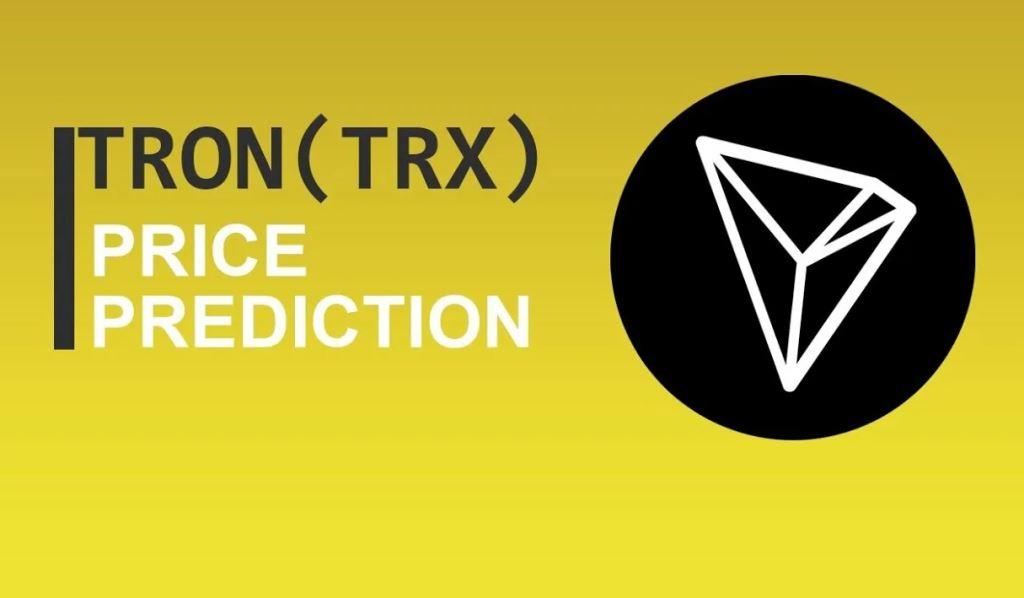The end of September brings uncertainty
Historically, September has been a bearish month for cryptocurrencies, and the recent week hasn’t been an exception. A decline in demand and rising exchange inflows suggest that traders are offloading assets to mitigate potential losses, anticipating further price drops. A considerable amount of capital has been withdrawn from Bitcoin and Ethereum ETFs, reflecting a decrease in investor confidence. For example, Fidelity’s Bitcoin ETF alone saw $149.9 million in outflows in just one day, contributing to a broader trend of withdrawals from riskier assets.
This downturn was triggered by weaker-than-expected U.S. job data, which showed fewer job additions in August than anticipated. Fears of an economic slowdown have caused investors to move away from riskier assets like cryptocurrencies.
A Global Platform for Seamless Digital Payments
Stellar is a decentralized, open-source blockchain platform designed for financial transactions. It was founded in 2014 by Jed McCaleb, a co-founder of Ripple, leveraging his expertise to create a new blockchain platform focused on cross-border payments. Stellar uses its own consensus protocol (SCP), which allows for faster and more reliable transaction processing compared to traditional systems.
Stellar’s main goal is to create a global digital payment platform that connects individuals, financial institutions, and payment networks to facilitate low-cost, smooth transactions across borders. A key aspect of Stellar is its support for “anchor” issuers that process deposits, issue assets, and help developers build products using these assets, all while enhancing the user experience.
Stellar’s native cryptocurrency, Lumen (XLM), plays a crucial role in the network by facilitating transactions, covering fees, and preventing spam by requiring users to maintain a minimum balance. The price of XLM is typically tied to the broader sentiment of the cryptocurrency market, and like many other cryptocurrencies, XLM has seen a drop in value after Bitcoin’s price decline. Not long ago, XLM was trading above $0.16 (on March 11, 2024), but since then, it has lost significant value, and the risk of further decline remains present.
The Ongoing Risk of Further Decline
September has traditionally been a bearish period for cryptocurrencies, and last week followed this trend. Weak demand, combined with increased inflows to exchanges, suggests that many traders are selling off their assets to reduce risks. While it’s uncertain whether Bitcoin will hold above $50,000 amid the current sell-off, what is clear is that many cryptocurrencies, including XLM, will likely see further price declines if Bitcoin falls below $50,000 again.
Additionally, weaker-than-expected U.S. job data and concerns about an economic slowdown have made investors more cautious, steering them away from riskier assets like cryptocurrencies. The broader market is experiencing economic uncertainty, and as long as investor confidence remains shaky, the volatility in the crypto market is expected to persist, with more declines likely if the economic outlook doesn’t improve soon.
Major ETF Outflows Impacting XLM
It’s important to note that U.S. spot Bitcoin ETFs experienced significant outflows last Friday, totaling $211.15 million, marking the ninth consecutive day of withdrawals. Fidelity’s FBTC led the decline with $149.49 million, followed by Bitwise’s BITB ($30 million) and Grayscale’s GBTC ($23.22 million). Bitcoin ETF trading volume also dropped to $1.35 billion.
A slowdown in net inflows is a negative signal for XLM and is likely to impact its price in the coming weeks. XLM is a high-risk investment, and investors should consider that speculative traders might take advantage of the broader market downturn to sell off their altcoin holdings, including XLM, leading to further price decreases.
Technical Analysis for Stellar (XLM)
Since August 24, 2024, Stellar (XLM) has decreased from $0.10 to $0.085, and the current price is at $0.089. The risk of further decline is still not over, and XLM may continue to face downward pressure in the upcoming weeks. On the chart below, I have marked an important resistance level, and as long as XLM remains below this level, a trend reversal is unlikely, and the price remains in the SELL-ZONE.
Key Support and Resistance Levels for XLM
In this chart (from January 2024), I have identified crucial support and resistance levels that can help traders predict potential price movements. XLM remains under pressure, but if the price rises above $0.10, the next target could be a significant resistance level at $0.11. The strong support level is at $0.080, and if the price breaks below this level, it would signal a “SELL” and open the path to $0.070.
Factors Supporting a Price Increase in Stellar (XLM)
Stellar has partnered with major financial institutions and blockchain projects, including IBM, which uses the Stellar network for its World Wire payment system. As more organizations adopt Stellar for cross-border payments and tokenization, the demand for XLM could rise, boosting its price. Additionally, the overall sentiment in the cryptocurrency market plays a crucial role in XLM’s price. If investor confidence returns and the market recovers from recent setbacks, XLM and other cryptocurrencies could benefit from an upward movement.
What Could Lead to a Decline in Stellar (XLM) Price
Several factors could contribute to a decline in XLM’s price, including negative news about the project, unfavorable market sentiment, regulatory developments, and broader macroeconomic trends. Since March 11, 2024, XLM has been in a downtrend, largely influenced by bearish sentiment among XLM whales. If the price breaks below the $0.08 support level, the next target could be $0.07. XLM’s price is often correlated with Bitcoin, and if Bitcoin falls below $50,000, it will likely have a negative impact on XLM’s price.
What Do Analysts and Experts Say?
Like many cryptocurrencies, XLM’s price is influenced by overall market sentiment. According to crypto analysts, there is a possibility of even lower prices for XLM in the coming weeks. Last week, the cryptocurrency market saw a significant decline, and a large amount of capital was pulled from Bitcoin and Ethereum ETFs, reflecting decreased investor confidence. Weaker-than-expected U.S. job data and concerns about a potential economic slowdown have made investors shy away from riskier assets like cryptocurrencies. Analysts agree that if the trading volume of XLM continues to decrease, selling pressure could drive the price lower.












